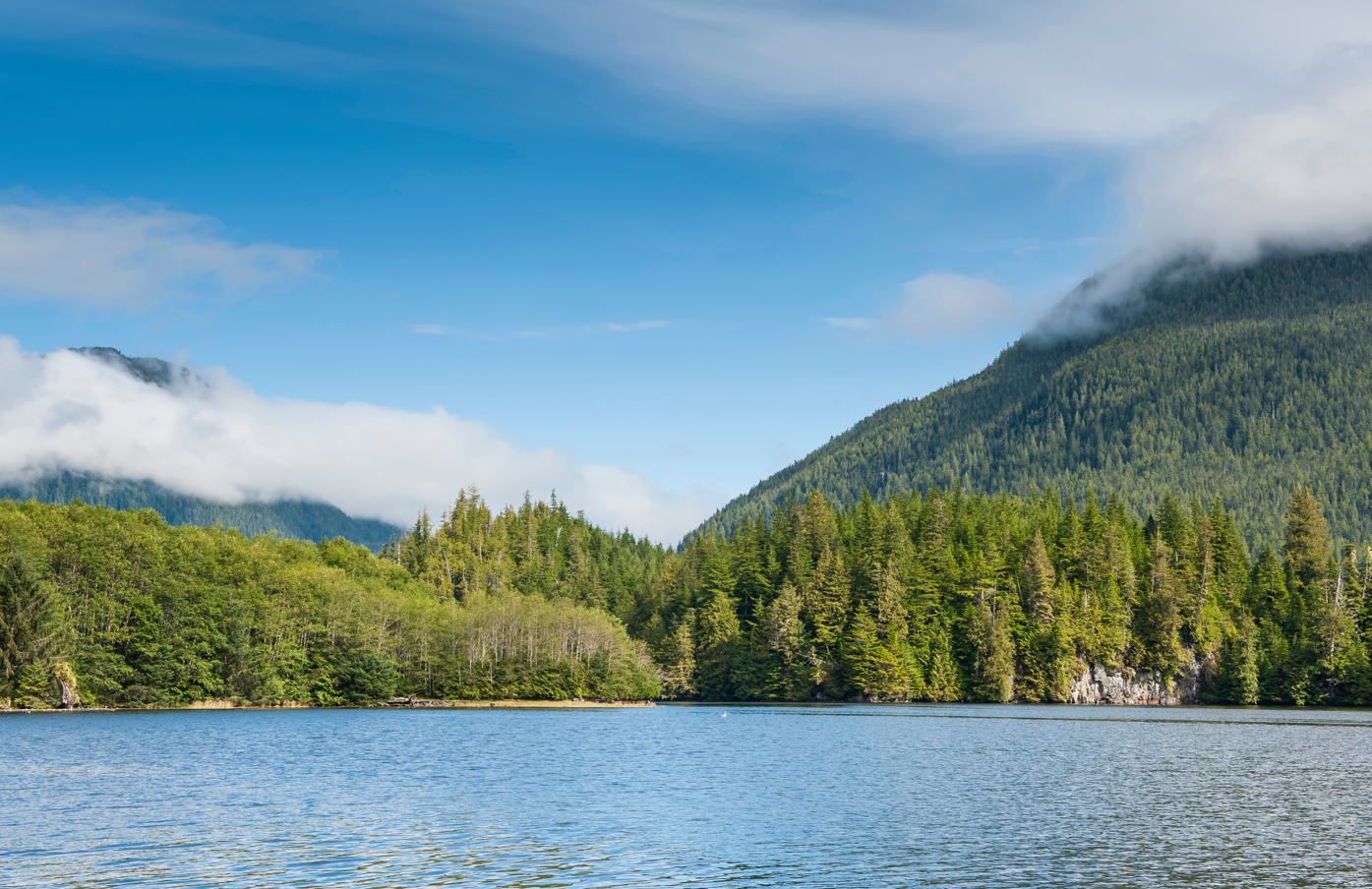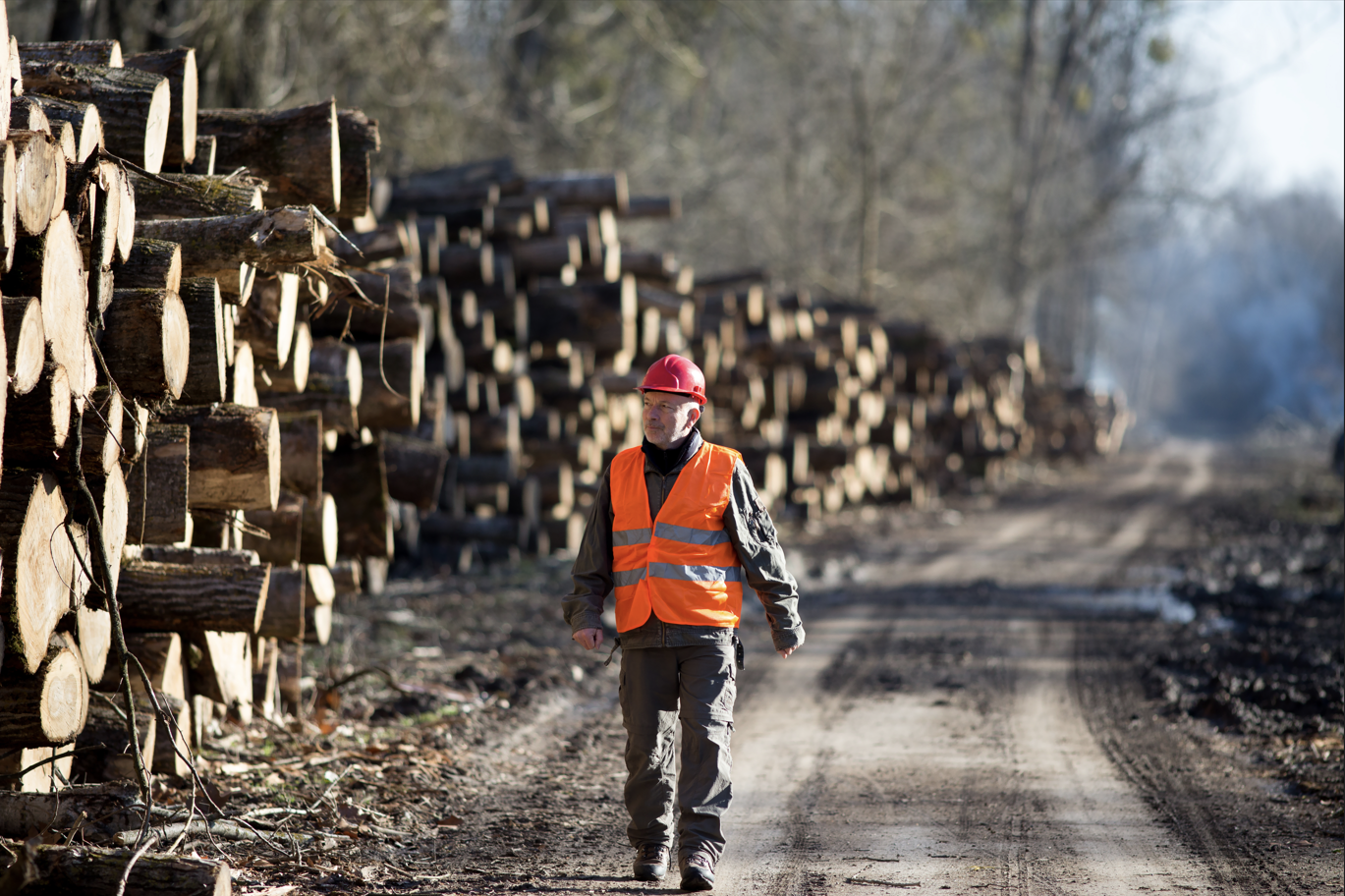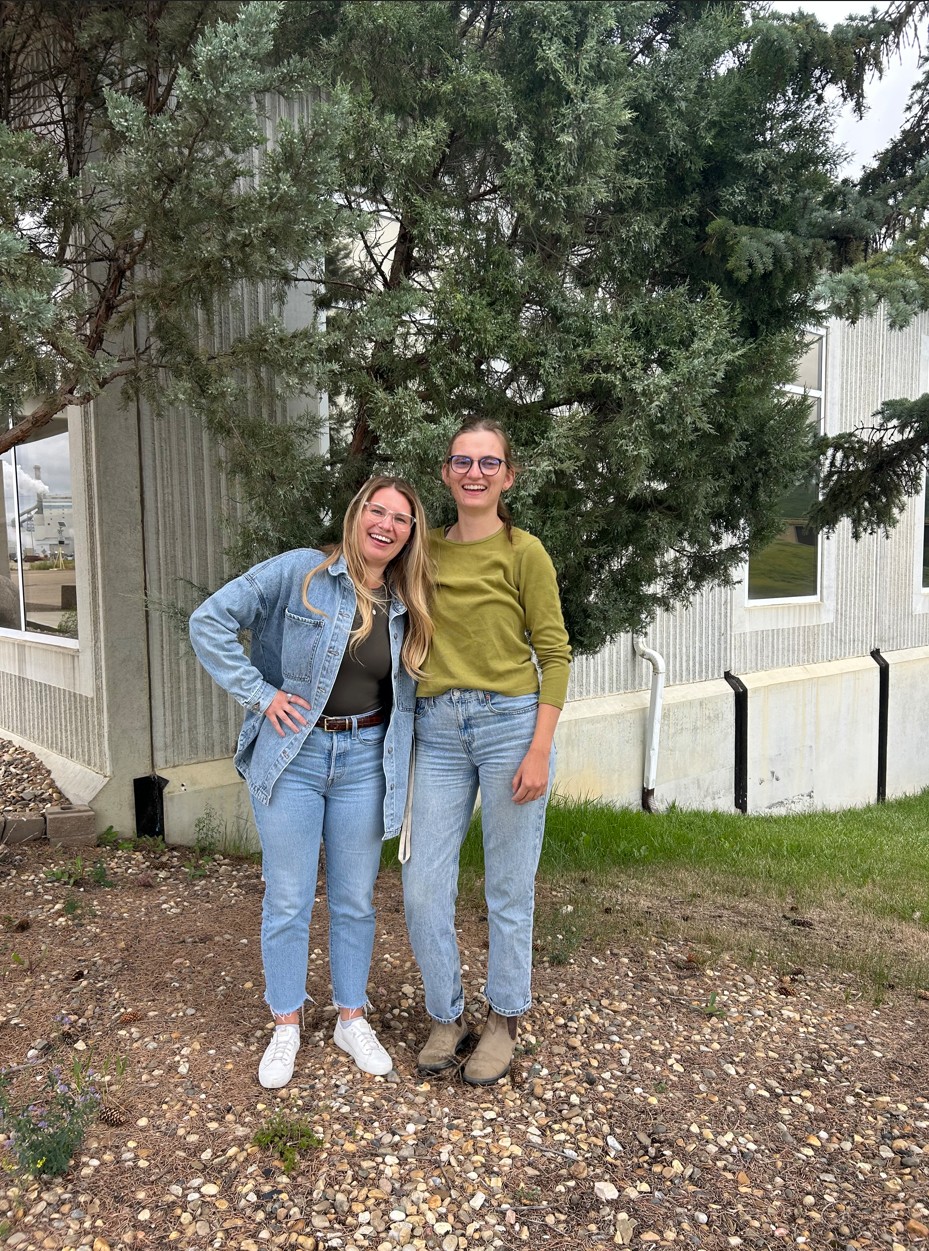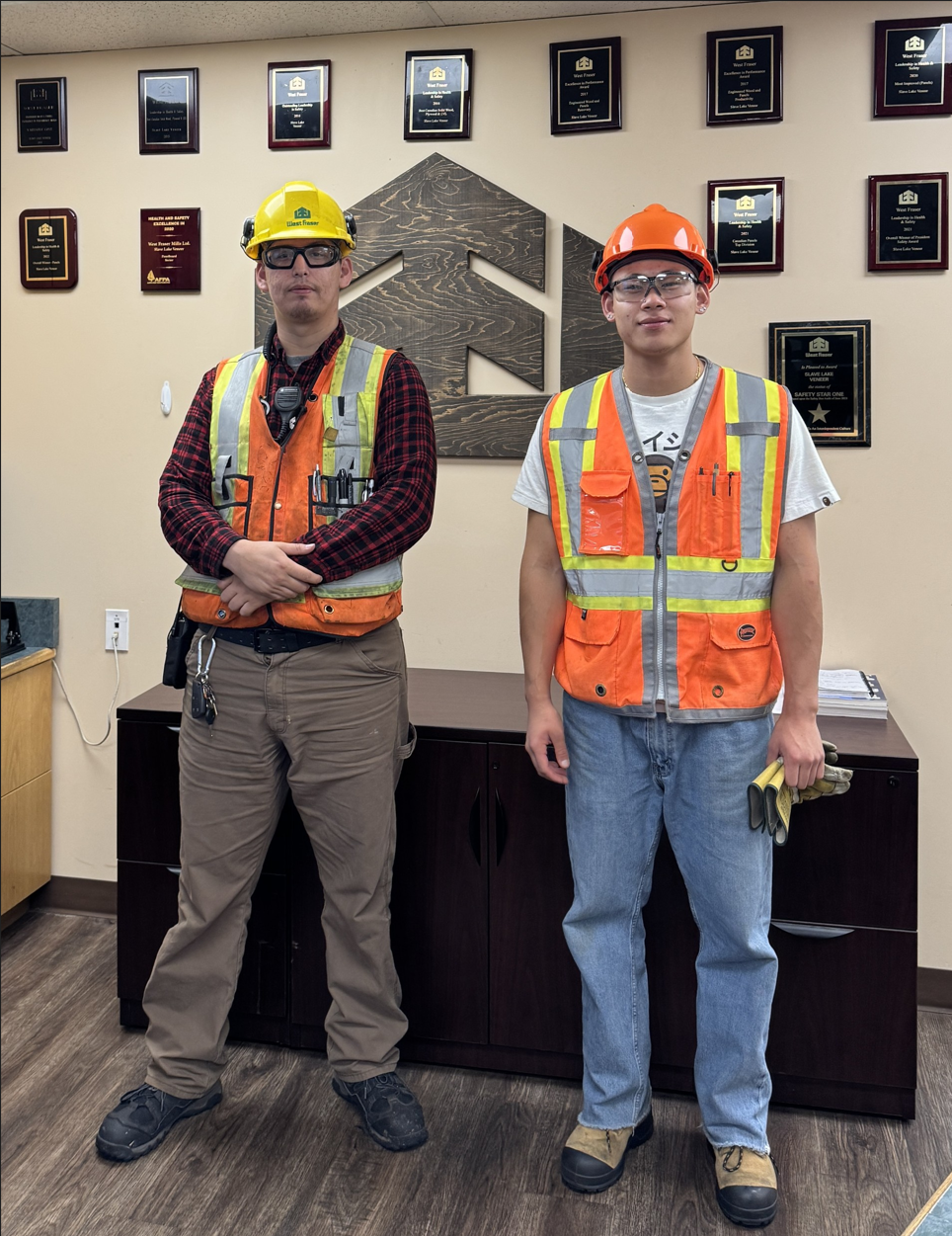Hello everyone,

In today’s blog, I can’t wait to show you a close-up of the samples I talked to you about in my previous blogs. To start, here are what the samples around the basin look like before any testing:

In order to determine how much solid is present in each sample, I work in the lab performing a test to assess the total concentration of suspended (non-soluble) solid (TSS). This data is critical as we need to know if the treated wastewater is safe to release into the environment.
Steps in performing a TSS:
1. Use a pre-weighed filter and pipette the appropriate amount of sample onto it. *The fewer solids present means, the more sample required*
2. Place filter in the oven and let dry completely.
3. Once the sample is dried remove it from oven, allow it to cool, and weigh the filter.
Here is what some of the TSSs look like on a typical day here at Millar Western:


If you look close enough, you can see how both WAS, and RAS contain the most solids, and by the end of the mill process (looking at the Effluent and 218), samples are clean and free of solids. When I was not involved in the forestry industry, I always thought because Whitecourt’s River was brown, it was dirty due to the mill. However, you can see that this is not the case.
Moving onto another test in the lab, my absolute favourite… BODs! These are super important as we make BODs in the lab to ensure that aquatic life has oxygen-rich and pure waters. Millar Western is notably below provincial regulations regarding the amount of biological oxygen demand (BOD) in their effluent, which is a huge accomplishment and something I am proud of.
Facts about BOD’s:
· We want to keep BOD low so dissolved oxygen can be high for bugs to survive.
· Make our BODs in-house, where they sit in a fridge around 20° and read their results five days after each batch is made.
· We constantly measure the BOD of our effluent as this is what we release into the environment, and depending on the day of the week, we also measure other samples.

Why I love working in the lab:
Much like my future career in Dental Hygiene, working in the lab is very routine-based. The repetitive nature of working in a lab has kept me coming back to work at Millar Western for the past three summers. I love being able to head to work and know what to expect, as I can fully understand the significance of each test and what each result means. The lab technicians and environmental specialists I collaborate with and learn from at Millar Western is incredible. I encourage anyone who loves a routine-based lifestyle to join the lab industry in forestry.










.jpeg)

